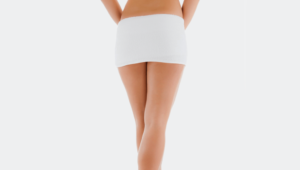


Potential candidates for sclerotherapy include individuals who are in good health, have realistic expectations, and are looking to improve the appearance of spider veins.
Sclerotherapy usually requires just fifteen to 30 minutes to complete, though two or more sessions may be required. The treatment area is first cleansed with an antiseptic solution and then the sclerosing agent will be injected into the vein with a thin needle. Multiple injections are required, depending upon the size and number of veins being treated.
After sclerotherapy, cotton balls and tape are usually applied to the treatment area and remain in place for about two days. Tight-fitting support hose may be worn for about three days.
I visited DrC360 several times and this place is amazing. Staff is very nice and friendly.
They have great professionals who really care about their patients and their health.
I highly recommend this place! -Ekaterine D.
Spider veins are very small and very fine red or blue veins. They are closer to the surface of the skin than varicose veins. They can look like a thin red line, tree branches or spider webs. Spider veins can be found on the legs and face and may cover a small or large area.
Reticular veins can also be known as feeder veins. They are the blue and green veins beneath the surface of the skin. Reticular veins enlarge because of increased pressure in the vein. You may have reticular veins alone but you may also have spider veins at the same time.
Varicose veins are large blue, dark purple veins. They protrude from the skin and many times they have a cord-like appearance and may twist or bulge. Varicose veins are found most frequently on the legs.